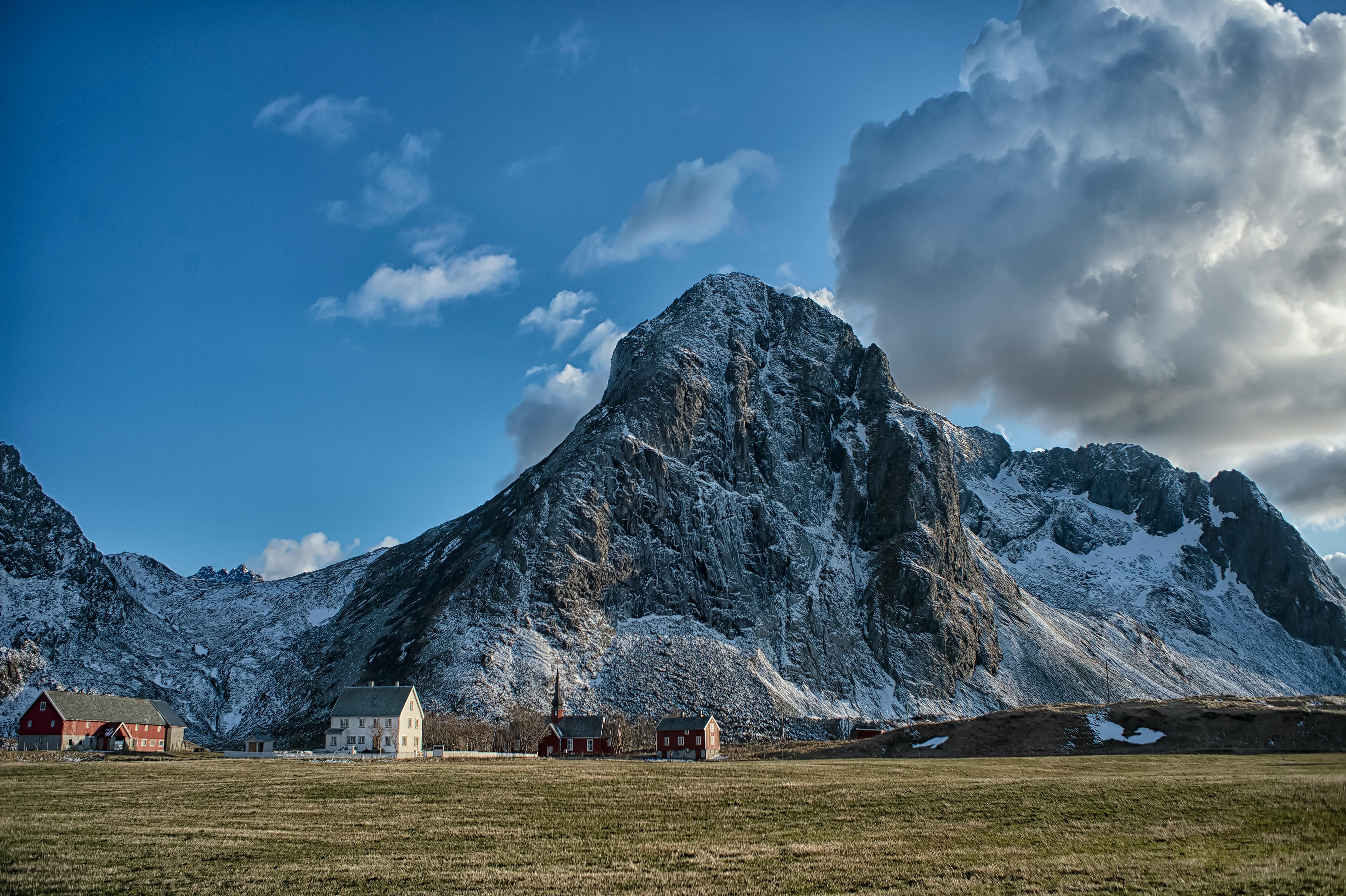"Snow Pollution Unveiled in Northern Rockies: Mining Activities Revealed as Main Culprit"
Snow in the Rockies: A Winter's Tale of Contamination
The Rocky Mountains, blanketed in white during winter, aren't just providing water for the American West’s thirsty communities in the summer. As researchers from the Desert Research Institute recently discovered, winter storms bringing the snow also transport contaminants from nearby mines. A study, published March 26 in the journal Environmental Pollution, delves into the unsavory aspects of these environmental processes, illuminating the ecological repercussions of mining activities.
Lead by Monica Arienzo, a researcher in the Division of Hydrologic Sciences, the team took samples from 48 snowy locations across the Rockies in 2018. After analyzing the metal concentrations, it was clear that pollution was particularly rife in the northern Rockies, with places like Montana, Idaho, and Northern Wyoming sporting the highest readings. Interestingly, these levels were still well within U.S. Environmental Protection Agency's safety guidelines for drinking water and aquatic life.
To ensure their findings weren't a one-hit wonder, Arienzo and her team compared their results with data from the National Atmospheric Deposition Program, spanning 2009 to 2018. To no one's surprise, the agreement between data sets was substantial. "The snow samples showed us that contamination is higher in the northern Rockies," Arienzo elaborated, "and that was really interesting."
So, where did this unwelcome guest come from? By tracking the 2018 snowstorms' paths, researchers found that many of those in the northern Rockies hailed from the Pacific Northwest, while those in the southern Rockies originated in the Mojave Desert. Thus, the culprit for the northern Rockies' polluted snow was likely the mines in the Pacific Northwest, Idaho, and Montana.
In other words, those mines didn't just leave their mark on the landscape; they've tainted the seemingly pristine snow atop the Rocky Mountains as well. Arienzo concluded, "Our idea is that the dust from current and historical mining sites gets carried up into the mountains [by storms] and deposited across our study sites."
This research underscores the importance of ongoing scientific monitoring initiatives and mitigation measures for historical and active mining sites. As Arienzo put it, "This study shows the importance of continued scientific monitoring efforts." So, take a look around, and you might just spot humanity's fingerprints, even in the most serene and isolated places.
- The study led by Monica Arienzo in the Division of Hydrologic Sciences focuses on earth-science, particularly the contaminants transported from nearby mines during winter snowstorms in the Rockies.
- Technology, in the form of data analysis, helped confirm the team's findings, comparing their 2018 snow samples with data from the National Atmospheric Deposition Program from 2009 to 2018.
- The future of the Rockies and its surrounding environments could be at risk due to the understudied impact of mining activities and pollution on the region's snow, and consequently, its water sources.
- The research highlights the need for earth-scientists, policymakers, and miners to collaboratively address the issue of contamination in the mining industry and implement technology-driven monitoring initiatives, ensuring a cleaner and more sustainable Earth for future Earther generations.









